London is the land of wonderfully eccentric, colorful and wide-ranging house museums. From over-the-top grand mansions with Syrian-tiled rooms to cozy Victorian townhomes with creaky, candlelit staircases, you can house museum-hop your way through the well-decorated annals of British history. These five addresses help you turn back the clock and slip back into the stand-still past, where well-trod floorboards and patina-ed walls have the most fascinating past lives—and stories of their own, if you know how to listen.
London House Museums /
Dennis Severs’ House / Spitalfields
David Hockney once described this house as one of the world's greatest works of opera. In 1975, Dennis moved to London five days after graduation from high school and bought 18, Folgate Street, then slowly began transforming each room of the dilapidated Georgian townhouse into a flight of fancy. Centered around a fictional family of Hugenot silk weavers, this multi-dimensional, multi-sensory art project is so unlike any other house museum, it feels as if you’ve walked into a living time capsule. An unmade bed, a sagging ceiling, an installation of satirical delftware? All part of the story.
Every tour has its charms, but the evening version by candlelight is an incomparable, utterly bewitching way to experience the dimly lit Victorian rooms, all creaking floors, fires lit and still-life scenes with romantic tablescapes dripping in candlewax and spirit-bristling atmosphere (if you are attuned, you’ll feel them).
“You either get it or you don't.” —Dennis Severs
The important thing is to take your time, getting lost in the evocative details (or “historical imagination,” as he referred to it). Linger over a tableau of half-nibbled walnuts and broken shells, towers of cakes and cookies, pomanders and dried rose hips, handwritten letters you have to squint to read in the half-dark, a game of cards mid-hand. No talking, not even a whisper; and no photographs or phone either. At this dark and magical hour, the senses are wide awake; Dennis wanted his guests to feel, see and smell the past.
Sir John Soane’s Museum, Holborn
A series of three connected houses, this museum is a mesmerizing labyrinth of tight quarters, narrow passages, and endless nooks and crannies crammed chock-full of thousands of paintings, sculptures, ancient artifacts, classical antiquities, furniture and decorative arts—and it will blow your mind. Enter through the front door into No. 13 Entrance Hall, where you will peek in on a few traditional house museum-ish rooms (dining room, library, breakfast room), before arriving at the main attraction: a central dome and colonnade which open up to the basement-level catacombs, crypt and sepulchral chamber—with every available bit of surface space occupied by classical bust or architectural fragment.
Architect John Soane bought the first of the three buildings in 1792. He tore them down in order to rebuild them in his own vision and spent his life amassing this vast rare collection, perpetually re-configuring his private spaces as a salon-style museum to showcase it all. Beyond restorations (and new rooms opened to the public), it has hardly changed a wink in 180 years.
Sambourne House, Kensington
Once home to the Victorian illustrator Linley Sambourne (of Punch magazine fame), this joyful house museum is considered a shining examples of over-the-top Aesthetic interiors—mix-and-match decoration; layer-upon-layer of fabric, print, and pattern; and a fascinating collection of personal effects. Because ownership/occupancy has never left the family, it’s in remarkable pristine order, including original furniture, art, ceramics and even some of the Morris & Co. wallpapers he and his wife bought in 1875.
Leighton House, Holland Park
Former home of Victorian artist, Frederic, Lord Leighton (1830-1896), this house is a kaleidoscope of color, light and unexpected splendor (if one judges the grandeur of its interior against the unassuming brick facade). Inside jewel-toned rooms, his collections (many of which were bought back after being auctioned off after his death) unfold in sumptuous detail: the antechamber (or his “snug”) full of tender gilt-framed portraits; a cast of Narcissus (the original statue from the the ruins of Pompeii) surrounded by bright turquoise tiles; and a Murano chandelier in the drawing room, where female visitors could retreat. But none of this compares to the Arab Room—an 1870s addition inspired by his travels to Turkey, Greece, and Syria, costing more than the whole of the rest of the house. As you can imagine—with its domed ceiling, walls of Islamic tiles, and glittering mosaics by Antonio Salviati—it caused quite a stir.
Emery Walker House, Hammersmith
The former home of Emory Walker, one of William Morris’ closest friends, this sensitively restored Arts and Crafts time capsule pulsates with the movement’s core values: good materials, a return to craft, and simple, useful designs inspired by nature. Everywhere you turn, the beloved patterns and prints of William Morris spring to life, mingling with Emery’s collection of souvenirs from his far-flung travels — Moroccan ceramics, Chinese bowls and kilims from Anatolia. Don’t miss the rare hand-blocked wallpaper and precious collection of needlework embroidered by both Morris and Walker’s wives and daughters, who were close friends.
FOR YOUR NOTES /
—These five are our top five, but there are more: Charles Dickens Museum; Freud Museum; Hampton Court; Keats House; Sherlock Museum; Spencer House; Kenwood House.
—Tickets: The word is definitely out about Sir John Soane’s Museum (there was a queue down the block; try to go early or later in day). You’ll need to make advance reservations to book a Dennis Severs’ tour, as they are quite small, and you can buy a joint ticket for both Leighton House and Sanbourne House, only about a 10-minute walk apart.
—Don’t miss the tiny, charming gift shop at at the back of the Dennis Severs’ House where you can buy a copy of Making History, a beautiful printed companion piece dedicated to the ceramic work of Simon Pettet (formidable artist and sometimes partner of Dennis). Edited by the former, beloved editor of The World of Interiors, Rupert Thomas. During the tour, keep an eye out for the tiles Simon made for the fireplace and the delftware for the mantel, featuring a satirical array of neighborhood eccentrics.
FARTHER AFIELD / House Museum Field Trips
For the truly committed/ambitious, a highly recommended list of house museums worth the trip from London, from our previous newsletters:
—Charleston and Monk’s House
—The ultimate country walk, featuring Ightham Mote and Knole House.
—Vita Sackville-West’s Sissinghurst House


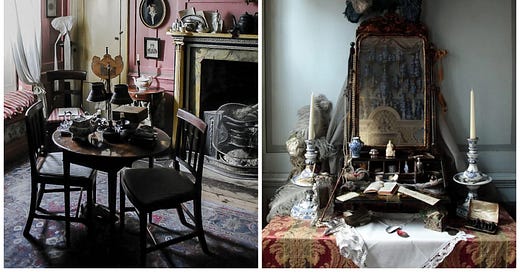


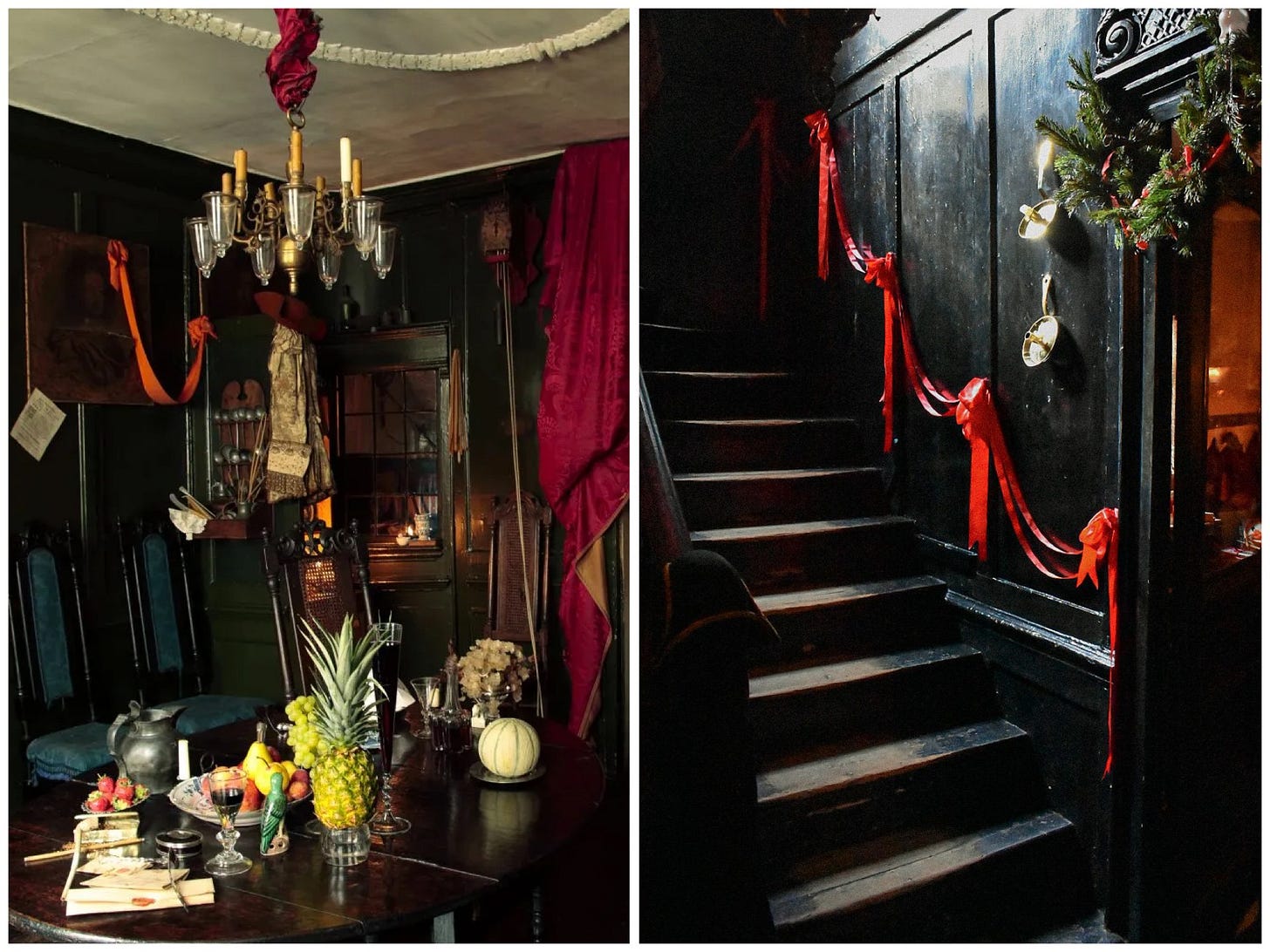
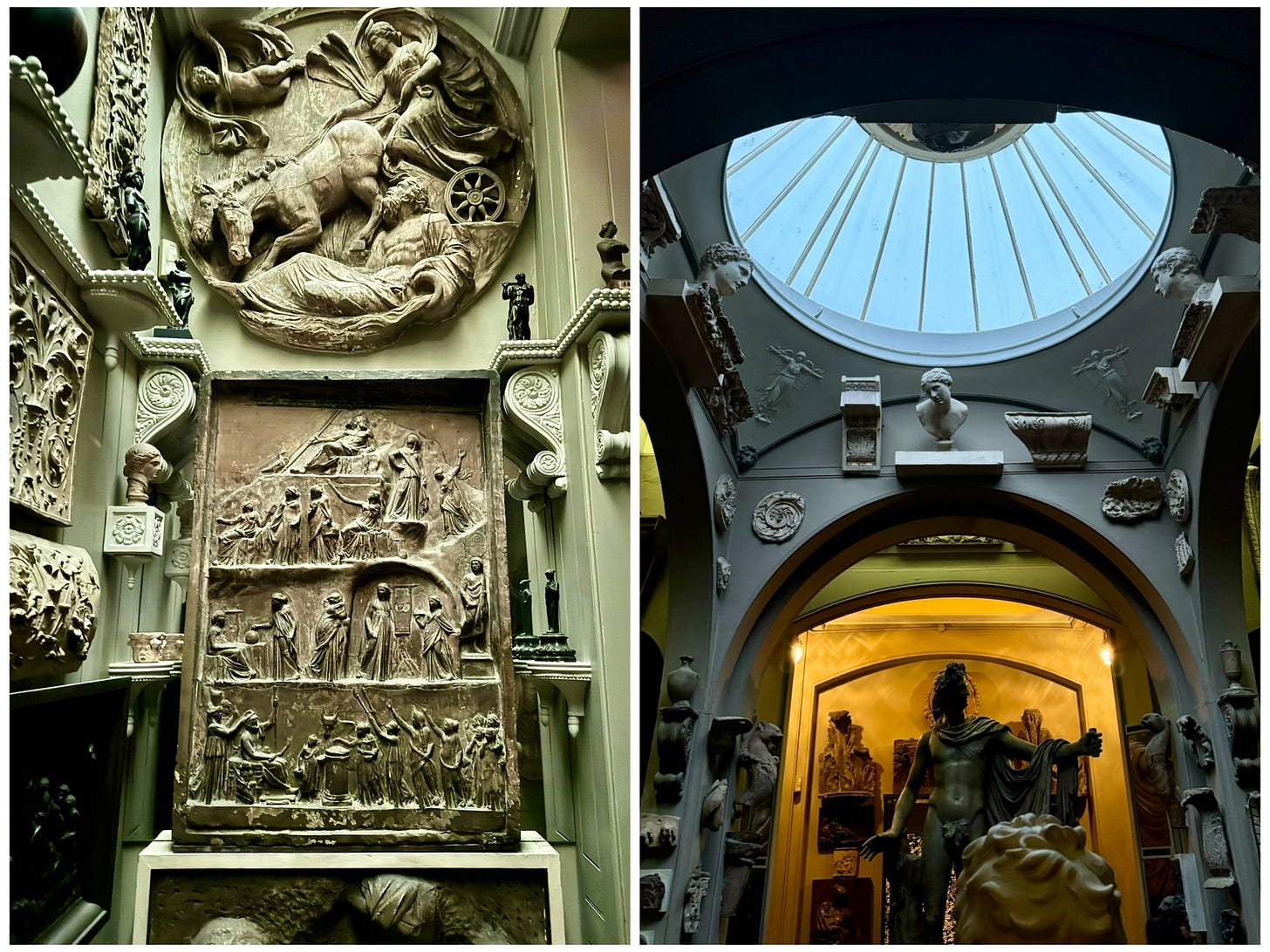
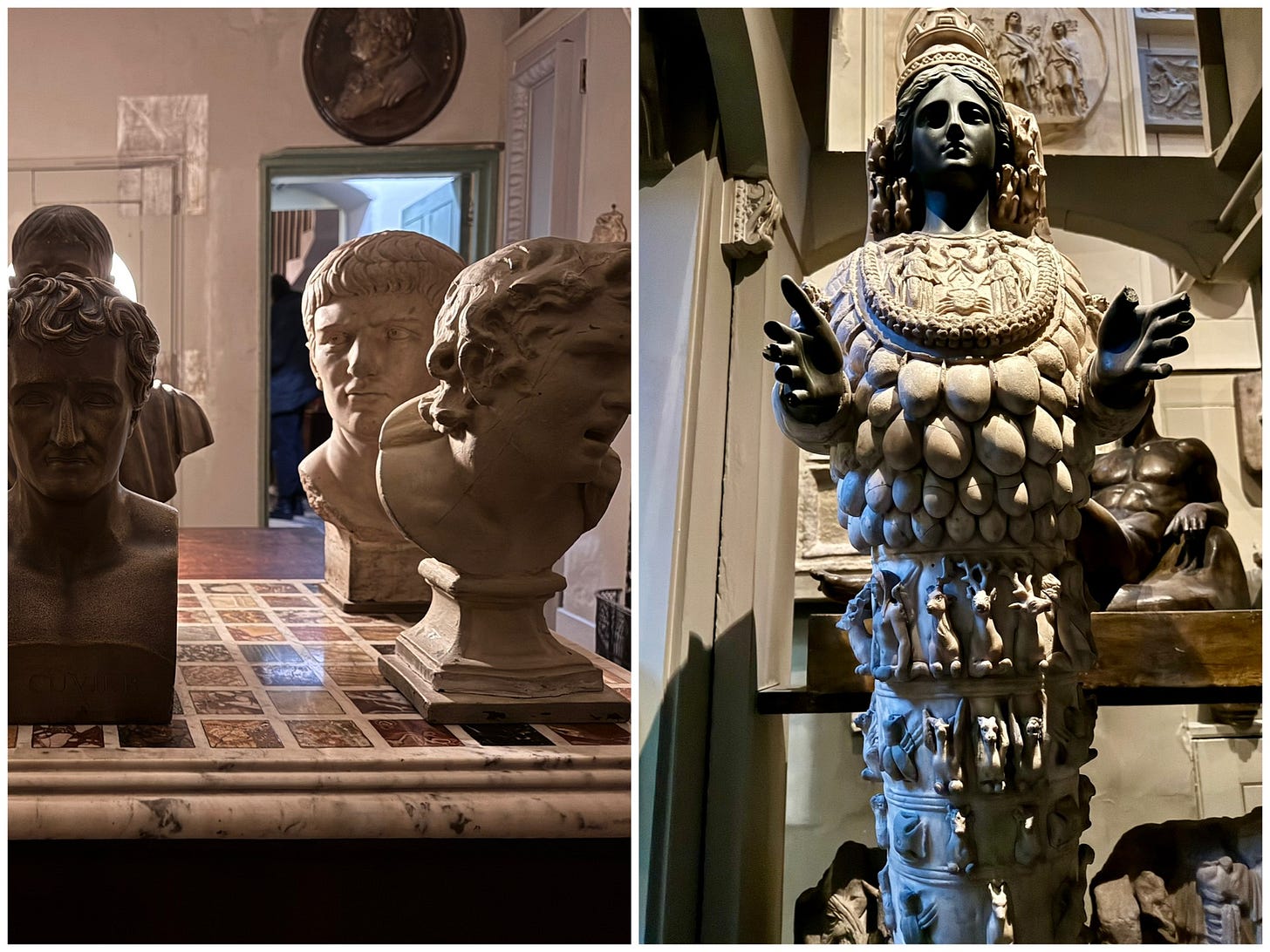
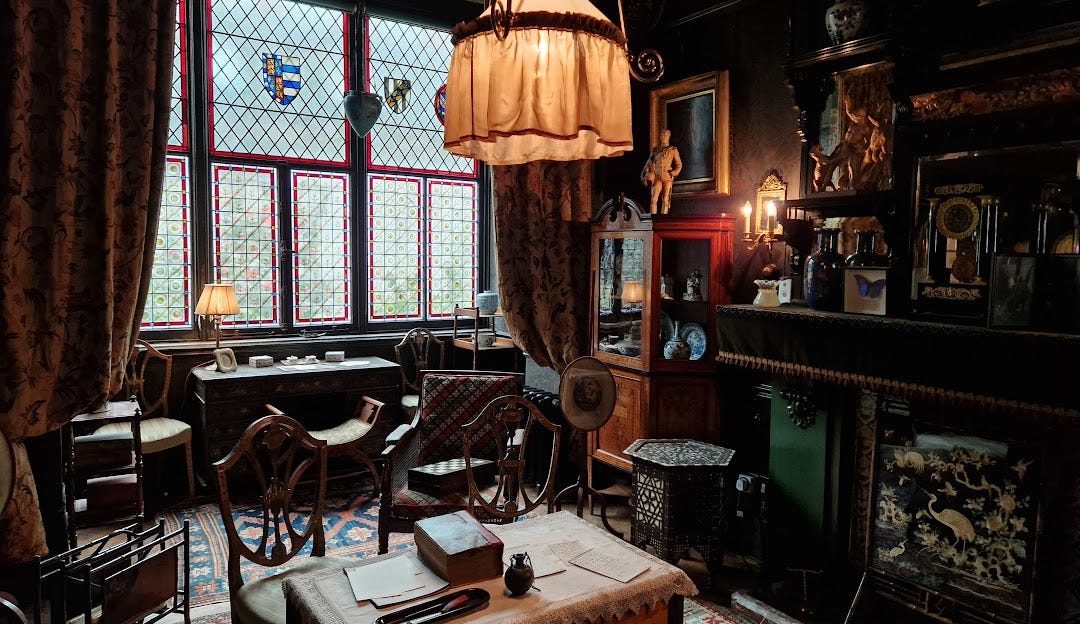

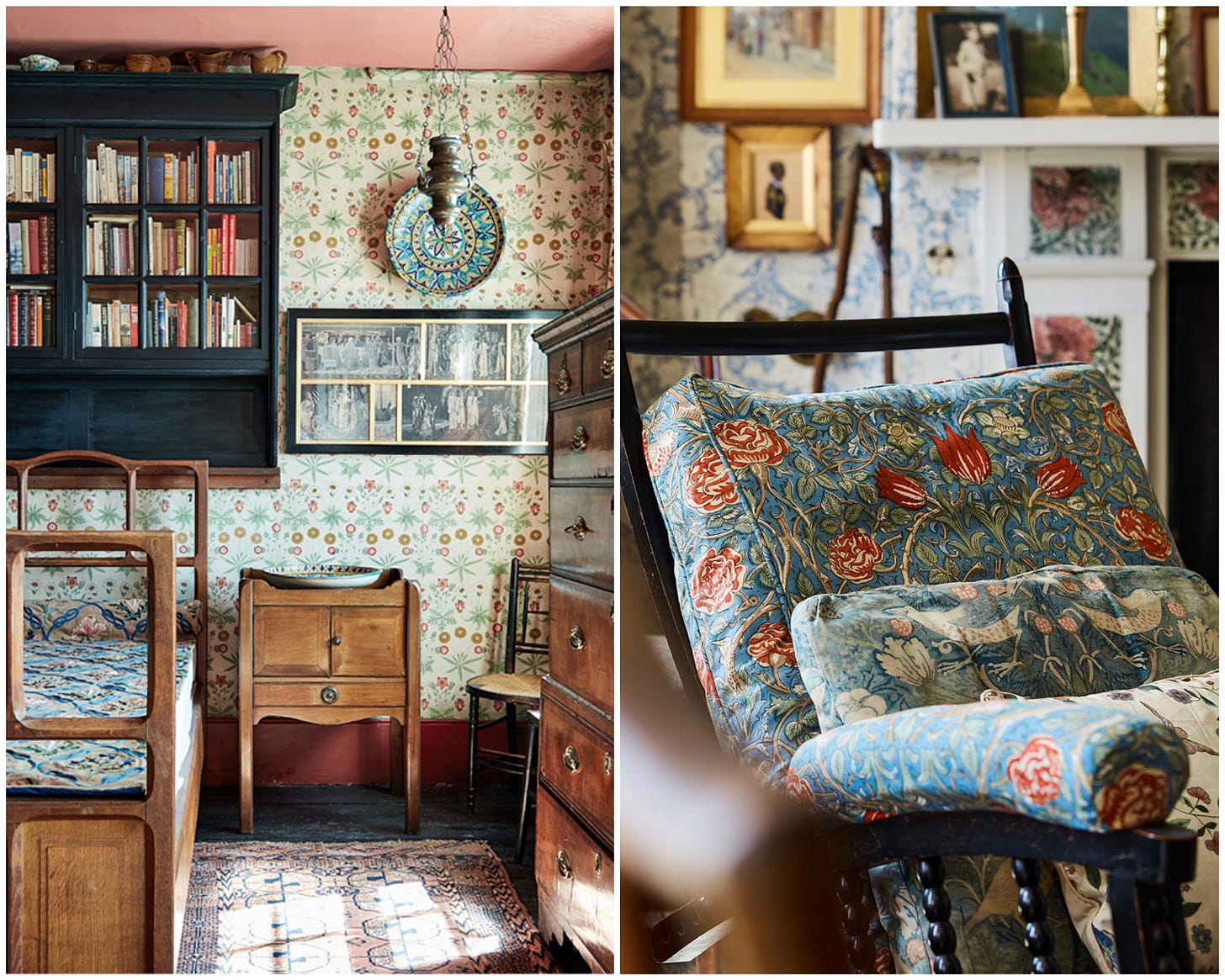
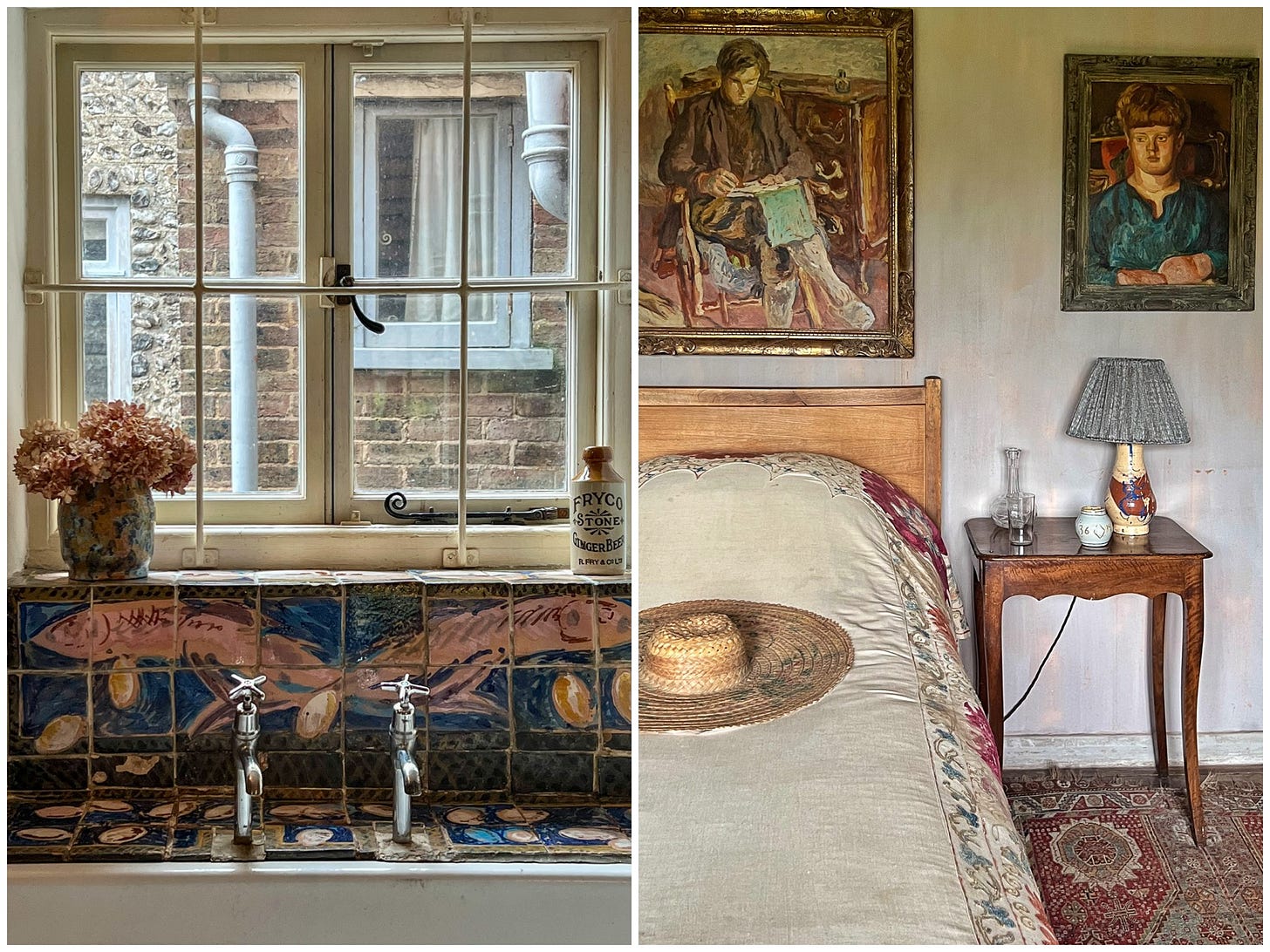
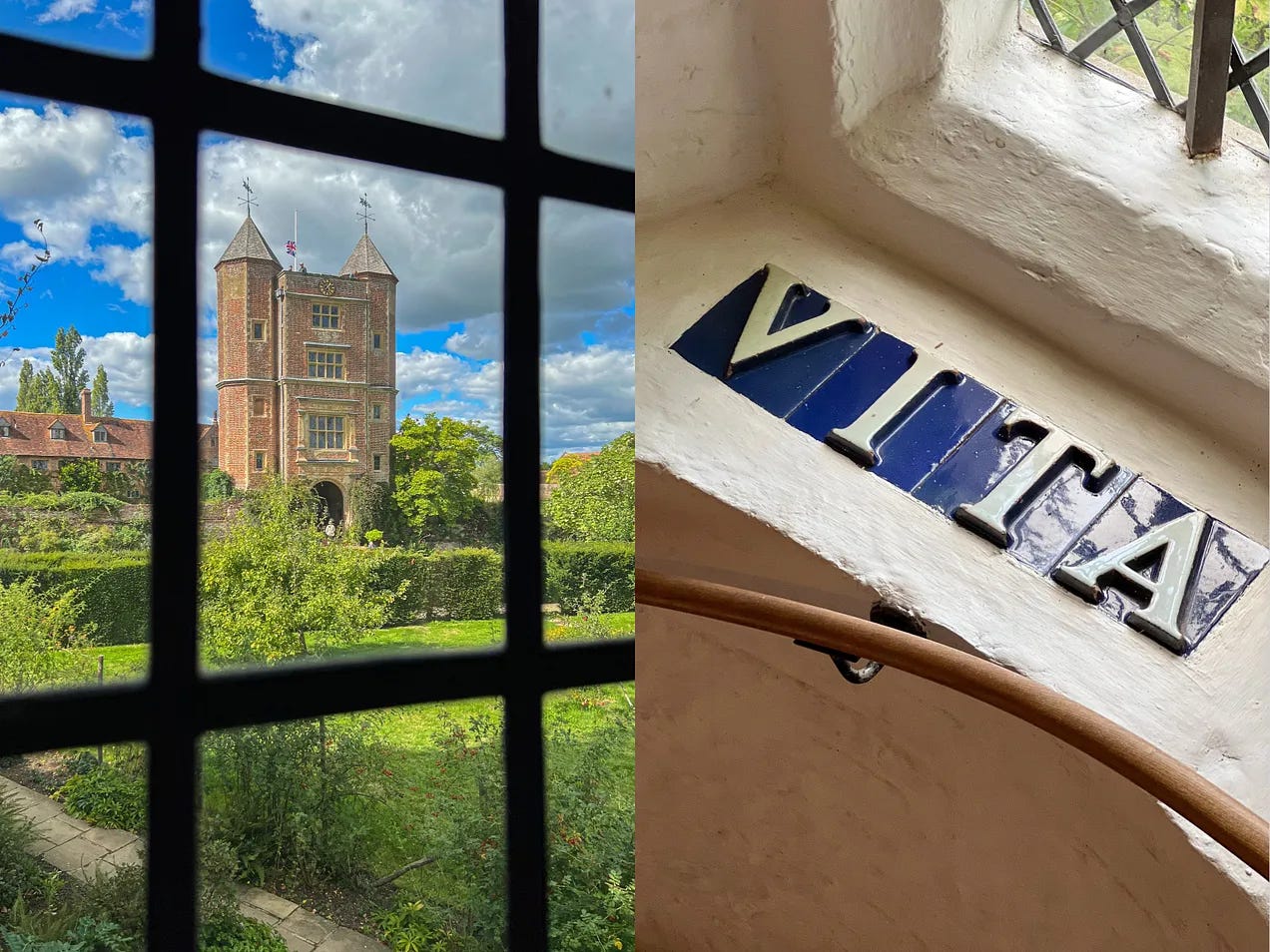
what about The Cosmic House?
https://www.jencksfoundation.org/cosmic-house
Very inspiring list that is urging me to book a flight to London.
Leighton House looked so familiar, so I googled it to see where it's been used as a filming location. Looks as if the entrance hall was used as inspiration for Harry Selfridge's house in Mr. Selfridge, which is what sparked my memory.